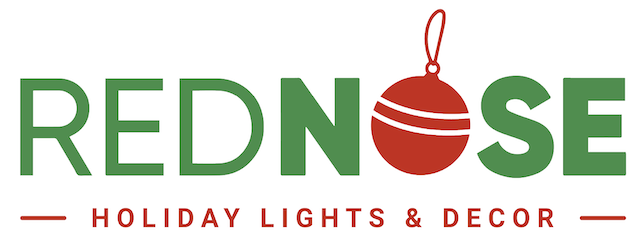Best Type of Wood to Use When Building a Deck
When choosing the right deck, there are many factors that come into play, not the least of which is money. You are probably wondering which kind of decking is right for you, i.e., which is the most affordable decking presently, and which is the most economical in the long run? Every type of wood decking listed below can provide your family with years of enjoyment.
However, decking materials such as Pressure Treated Wood—the most economical initially—can be just as expensive as choosing a longer lasting material such as a Mahogany. Here is a list of the most commonly used woods for building decks.
Pressure Treated Wood Decking
Pressure Treated Wood Decking is the most economical in the short-term. However, if regular deck maintenance is not performed, restoration by heavy-duty sanders to smooth out splintering and warping is inevitable. Pressure Treated Wood Decking is made from Southern Yellow Pine decking that has been pressure treated. By placing wood inside of a sealed compartment, pressure treatment forces wood chemical preservatives into each board.
The upside: preservatives help to protect the wood from attack by termites and other insects. The downside: Southern Yellow Pine is a softwood that splits and splinters very easily, and regular staining or sealing is highly recommended.
Cedar Wood Decking
Cedar Wood Decking is comprised of Western Red Cedar. Western Red Cedar is more expensive then Pressure Treated Wood Decking, though not as expensive as Mahogany Decking. Western Red Cedar is found in various parts of the world, such as California and British Columbia. It is a softwood, and the most commonly used for deck-building in the United States. Once dry and exposed to the New England weather, Western Red Cedar Decking will weather to a silver-gray.
If a silver-gray color is not your taste, more frequent deck maintenance is recommended. Western Red Cedar is a straight-grained lumber. Its native oils repel termites and other insects naturally. Remember to ask your deck contractor to use galvanized or stainless steel fasteners, as the wood’s acidic properties cause corrosion of metals and leave black stains around the fastener heads, eventually rotting through.
Douglas Fir Wood Decking
Douglas Fir Wood Decking is slightly more expensive than Cedar Wood Decking. Douglas Fir is found in Western America, from Alaska to California, and as far east as British Columbia. It is a pale pinkish-brown to red-brown color, and has a tight, straight grain.
Douglas Fir, when compared to Cedar, is almost twice as hard per square inch. It is primarily a softwood, though it contains hard fibers that are sandwiched within. If deck sealing or staining is not performed regularly, the soft fibers will wear away, leaving a scaly surface prone to splintering.
Mahogany Wood Decking
Finally, we have Mahogany Wood Decking. Although Mahogany deck lumber is more expensive, it is the best long-term decking material to use. Special deck sealers, such as Sikkens Cetol SRD, are recommended after pressure washing to penetrate its very dense grain. There are many different types of hardwoods classified under Mahogany Decking.
The most popular is Cambara. Cambara Decking is the most affordable hardwood. It is a medium-density wood from South America. More than just resilient, Cambara is virtually knot-free, and its light reddish-brown heartwood makes it a beautiful choice.
Sapele is another type of Mahogany Decking. Native to Africa, Sapele is a reddish-brown wood of closely interlocking grain. Sapele Wood Decking is harder and more expensive than Cambara Wood Decking, but has a longer lifespan.
Ipe Wood Decking, also known as Ironwood, is yet another type of Mahogany Decking. Ipe is found in South America. It is the hardest (so hard, in fact, that deck contractors must pre-drill before fastening it), most expensive, and most stable decking material.
Balance Cost With Lifespan
Pressure Treated Wood Decking, Cedar Wood Decking, and Douglas Fir Wood Decking are all good choices, and the most economical in the short term. However, their lifespan is nearly half that of Mahogany woods. Pressure Treated Wood Decking is the most economical initially, followed by Cedar, and then Douglas Fir.
Regular deck maintenance is recommended for all types of wood decking in order to expand the life of your wood deck, but with Pressure Treated, Cedar, and Douglas Fir Wood Decking, the carpentry repairs and shorter expected lifespan makes it possible that you could end up spending the same amount of money in the long run as you would have on a Mahogany deck.
Hardwoods such as Cambara and Sapele are great for New England weather conditions, and Ipe is the best of type of Mahogany. Mahogany Wood Decking is the best long-term choice based on the exceptional lifespan of Mahogany lumber, and, even when neglected for years, a professional deck restoration company can refinish these exotic hardwoods to their original beauty.
Need some help choosing the best type of decking for your needs? Our Deck Aficionadas can help you narrow down your options based on your tastes and budget. Give us a call at (978) 538-7325 today.





